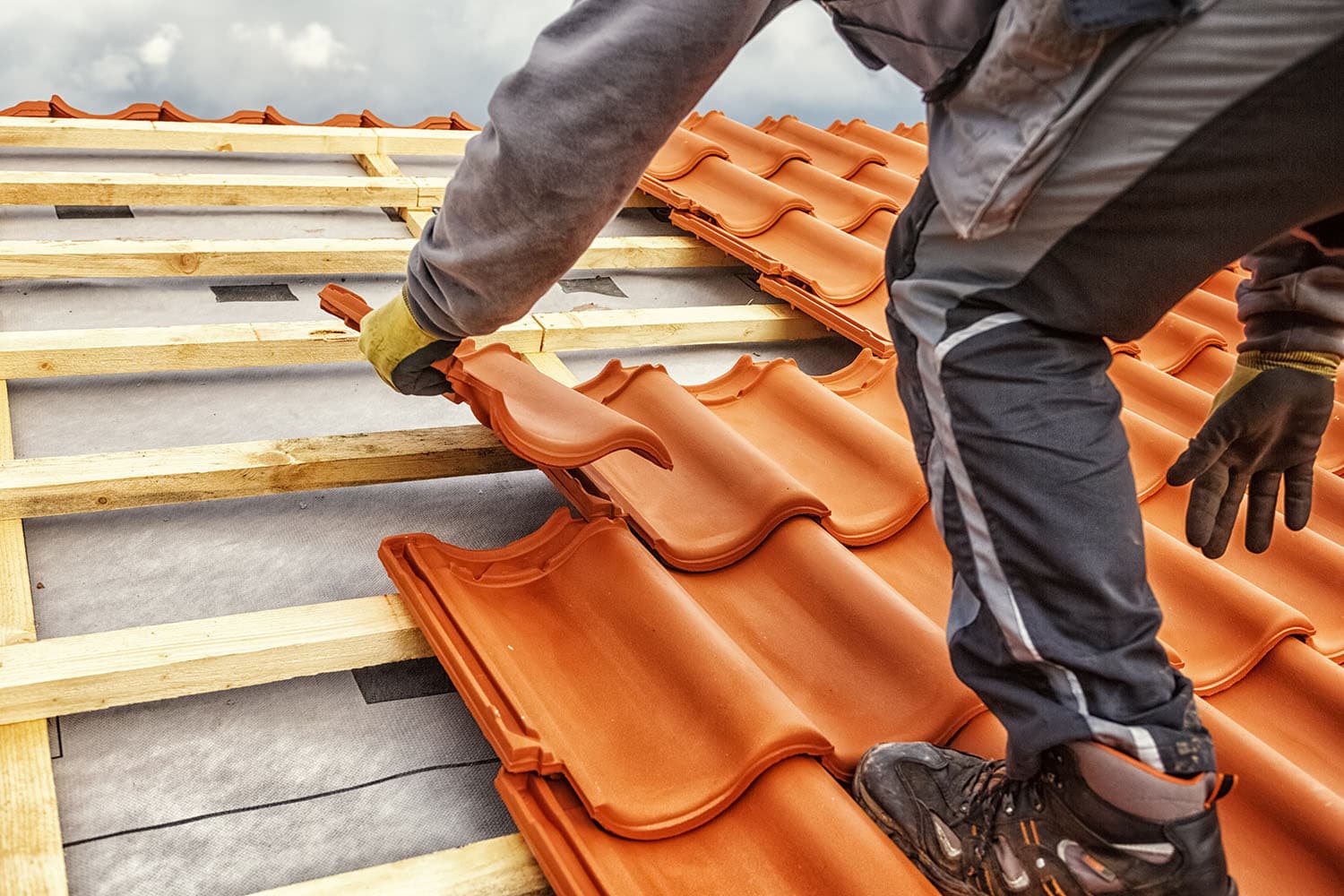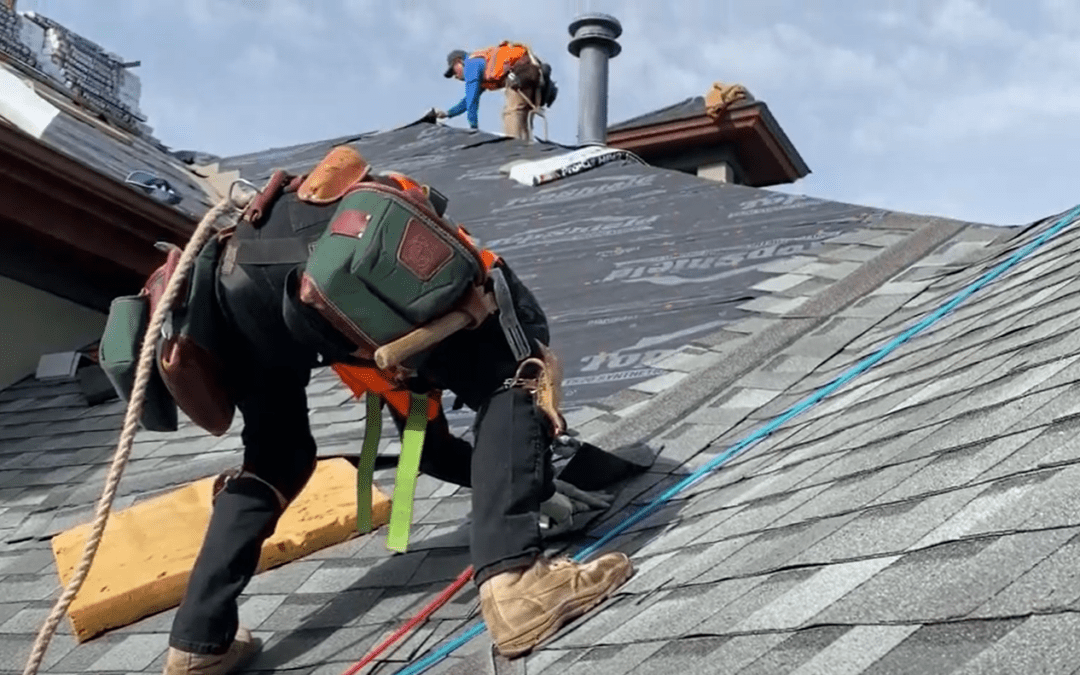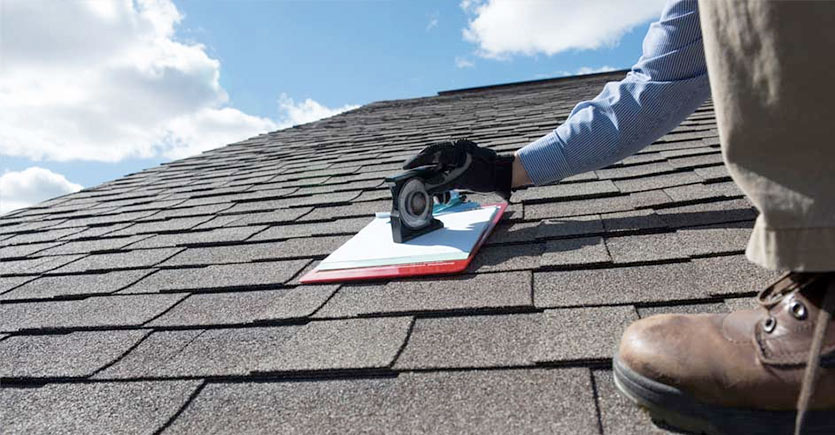Find a certified Sylvania Roofing Contractor to ensure secure roofing services.
Find a certified Sylvania Roofing Contractor to ensure secure roofing services.
Blog Article
How to Assess Various Roof Covering Options for Your Building Demands
Evaluating roof covering alternatives for your structure needs an extensive technique that takes into consideration numerous variables such as the meant usage of the structure, neighborhood climate problems, and product characteristics. It is necessary to weigh the benefits and drawbacks of different roof covering kinds, from asphalt shingles to metal and clay ceramic tiles, while also factoring in initial expenses and long-lasting upkeep. Additionally, understanding energy performance and visual appeal can affect your choice. As you contemplate these factors to consider, one question stays: which elements will eventually lead your choice for a sustainable and aesthetically pleasing roof covering remedy?
Assessing Your Structure's Demands
To efficiently review roof alternatives, begin by thoroughly evaluating your building's needs. Start by considering the building's meant usage, as various frameworks might require varying roof covering specifications. For instance, domestic roofs frequently focus on aesthetic appeals and insulation, while industrial buildings might concentrate on durability and load-bearing ability.
Following, examine the neighborhood environment problems that will affect roofing performance. Variables such as temperature changes, precipitation levels, and wind patterns can influence product option and style. A roof that excels in a warm climate might not carry out also in locations vulnerable to heavy snowfall or extreme heat.
Additionally, evaluate the architectural stability of your building. Guarantee that the existing framework can sustain the chosen roof covering products, especially if thinking about much heavier choices. It is additionally vital to examine any kind of local building regulations or policies that may determine certain needs for roof.

Contrasting Roofing Materials
Once an extensive evaluation of your building's needs has been completed, the following action entails comparing numerous roof covering materials. Each product supplies distinctive advantages and negative aspects, making it vital to align your choice with your details requirements and circumstances.
Asphalt tiles are widely acknowledged for their cost and simplicity of installation, making them a prominent alternative for domestic buildings. On the other hand, metal roof, recognized for its resilience and longevity, can stand up to harsh weather yet may feature a higher first investment.
Clay and concrete floor tiles supply outstanding thermal insulation and visual appeal, especially for Mediterranean-style architecture, yet they need a more robust architectural support because of their weight. Wood drinks offer an all-natural look and good insulation properties however may demand a lot more upkeep and are vulnerable to fire threats.
Examining Price and Budget
Assessing your roof choices demands a mindful evaluation of expense and budget factors to consider. The general spending plan for a roofing task consists of numerous variables, including product prices, labor expenses, maintenance, and potential long-lasting savings. It is vital to develop a clear spending plan before checking out particular roofing products, as this will direct the decision-making process and help you prevent overspending.
Begin by acquiring quotes from numerous contractors to recognize labor prices in your region. Ensure that these price quotes consist of all required solutions, such as elimination of the old roofing system, installation, and any additional attributes, like insulation or ventilation renovations - Sylvania Roofing Contractor. Next off, evaluate the cost of different roof products, taking into consideration both first installment prices and expected life-span

Recognizing Power Efficiency
Power performance plays a vital duty in the selection of roof products and systems, significantly influencing both power intake and total convenience within a building. A well-chosen roofing can improve thermal performance, minimizing the demand for heating and cooling systems, which in turn decreases energy expenses and lessens ecological impact.
When examining roof covering choices, think about products that reflect rather than take in warmth. Additionally, proper insulation and ventilation are necessary to optimize the energy performance of the entire roof system.
One more important aspect is the roof system's long life and maintenance needs. Sturdy products that need much less regular replacement contribute to long-term energy savings. The energy efficiency of a roof system can additionally be assessed via its conformity with recognized sustainability ratings such as Power CELEBRITY Read More Here or LEED.
Thinking About Visual Appeal
A roofing's aesthetic allure dramatically affects the total look of a building, complementing its building style and improving visual charm. Roofer. When evaluating roof choices, it is vital to consider just how the chosen material, color, and design article source will certainly harmonize with the existing structure and community. A well-designed roofing system can elevate also the easiest of buildings, transforming them right into aesthetic centerpieces
Different roofing materials supply different aesthetic high qualities. For instance, typical shingles may evoke a traditional appeal, while metal roofing can present a modern-day, sleek look. Additionally, the shade of the roof covering material plays an important function; lighter tones can make a building show up even more large, while darker tones may produce a cozier ambiance.
Moreover, building elements, such as dormers and eaves, can enhance the roof's visual effect. It is recommended to talk to expert designers or architects to make certain the selected roof covering choice straightens with the general style intent. Inevitably, a roof covering needs to not just give practical benefits but also add favorably to the structure's visual, showing the proprietor's taste and the character of the surrounding atmosphere.
Final thought

Report this page